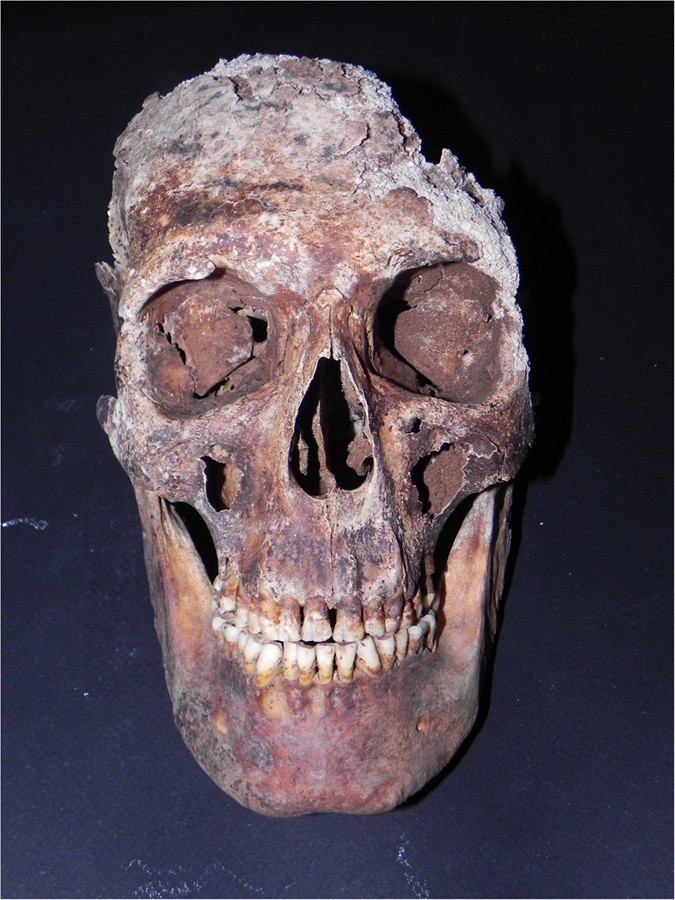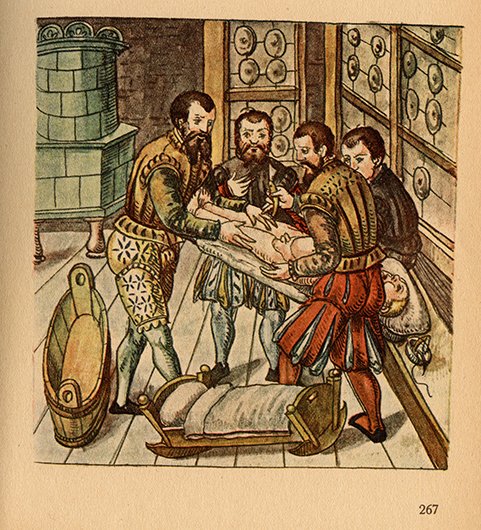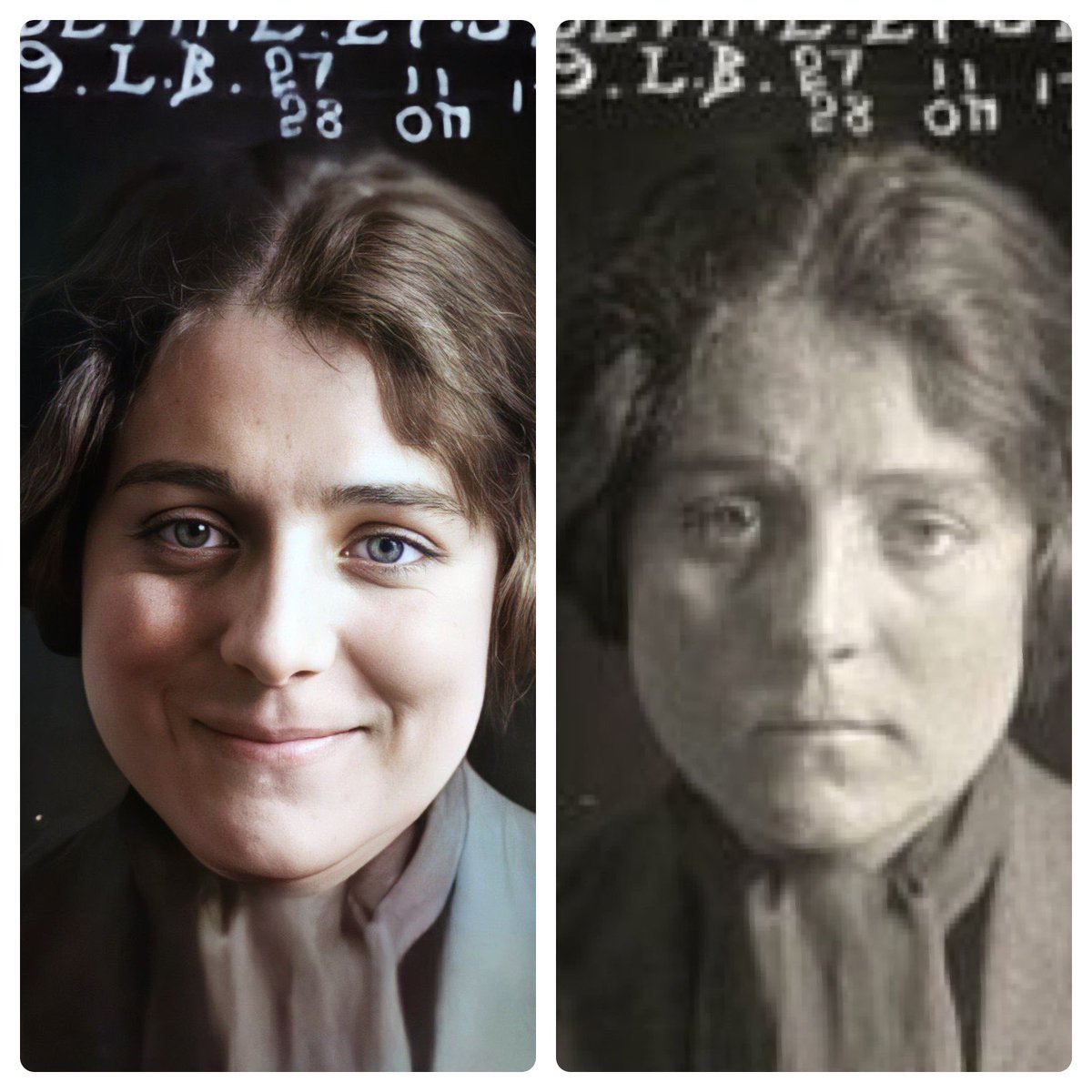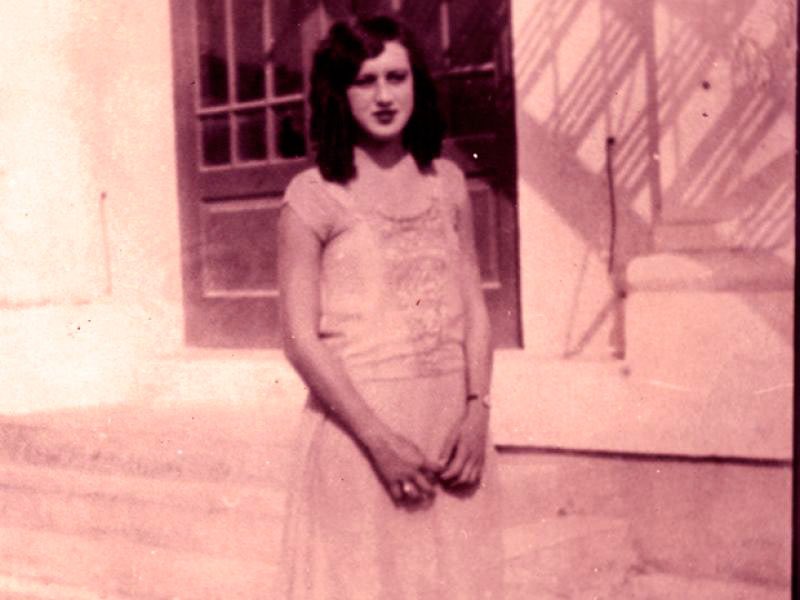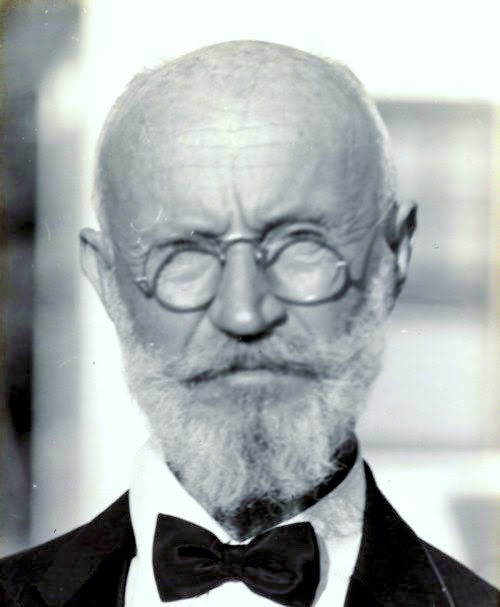
This is the effigy on the tomb of Inês de Castro (1325-55), the mistress & great love of King Peter I of Portugal. Here is the story of how poor Inês ended up in her tomb & how Peter coped with her death (spoiler - not well) 

Inês was a noble (ish) women whose family had many ties with royalty through illegitimate lineage - specifically with the Castilian nobility.
Inês was the illegitimate daughter of Pedro Fernández de Castro, Lord of Lemos and Sarria, and his noble Portuguese mistress Aldonça Lourenço de Valadares. (19th-century depiction of Inês de Castro) 
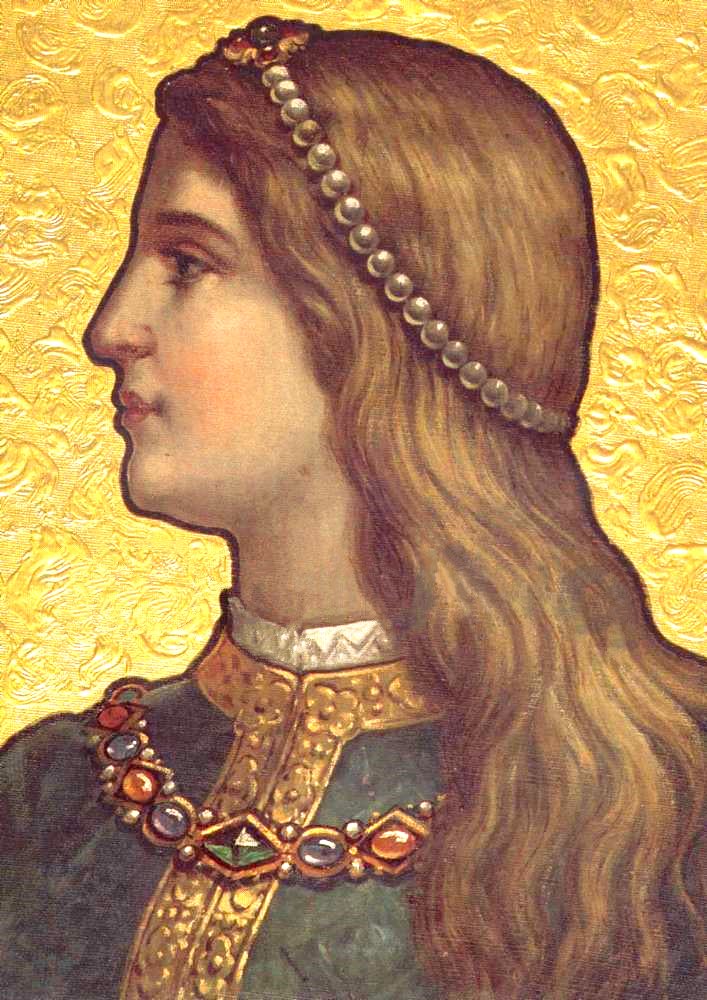
Her grandmother was Violante Sánchez of Castile, Lady of Uzero, the illegitimate daughter of Sancho IV of Castile. Her Her great-great grandfather was the illegitimate son of Alfonso IX of León, and so forth.
Inês family had links with Portuguese, Castilian and Galician Royalty. This made her part of the aristocracy but ever so slightly suspicious to the Portuguese royal family
But it certainly wasn’t enough to stop her bagging a job as lady in waiting to Constance of Castile in 1340. Constance had recently married Prince Peter, heir to the Portuguese throne. 

Peter quickly fell in love with Inês and it soon became apparent that this was no quick fling or passing crush. Peter was utterly obsessed. (Ernesto Ferreira Condeixa, Dom Pedro e Dona Inês, late 19th century) 

This did not go down well with King Afonso IV of Portugal who was seriously concerned at the influence Inês held over his son. What’s worse, Peter became good mates with her brothers & started cosying up to exiled Castilian nobility.
King Afonso kept hoping his son would get bored & return to his wife. It didn’t happen. All this rattled the cages of the Portuguese royal establishment who saw her influence over the future monarch growing at an alarming rate. (Afonso in Genealogy of the Kings of Portugal) 

Then in 1345, Constance of Castile died. Rather than clearing the way for the lovers to be together, the king forbade his son from marrying Inês, declaring her entirely unsuitable and not eligible to be queen. (Effigy of Constance in a 1645 Genealogy of the Kings of Portugal) 

Peter and Inês lived together as man and wife and had three healthy, illegitimate children - while Peter’s only legitimate son (Ferdinand) was quite a sickly boy. Alfonso was fuming.
Despite his father’s urging, Peter refused to take anyone else as a wife and eventually Alfonso banished Inês from court and had her imprisoned in the Monastery of Santa Clara-a-Velha in Coimbra (Eugénie Servières, ‘Appeal by Inês de Castro’, 1822) 

The final straw came in 1354 when Peter declared himself pretender to the throne of Castile. In 1355 Alfonso gave the order to have Inês killed. 3 men, Pêro Coelho, Álvaro Gonçalves, & Diogo Lopes Pacheco, went to the monastery & stabbed Inês to death in front of her children 

King Alfonso hoped this would be an end of it. How wrong he was. Peter was beyond distraught and set about destroying those who wronged him. (Columbano Bordalo Pinheiro, ‘Tragedy of Inês de Castro’, 1904) 

Peter became king of Portugal in 1357 & promptly announced that he had secretly married Inês when no one was looking and that made her the queen. There is no evidence of this at all, but it’s not easy to tell a king he is wrong.
In 1360, Inês’s body was moved to a magnificent mausoleum in the abbey church at Alcobaça & Peter proclaimed all their children were legitimate and in line to the throne. (Karl Bryullov, ‘The Assassination of Inês de Castro’, 1834) 

Legend has it that before he had Inês buried again, Peter ordered that her body be dressed in royal robes, and taken to the place of coronation, where it was anointed and crowned. (Pierre Charles Comte, ‘The Coronation of Inês de Castro in 1361’, 1849) 

It is said The king then ordered the court swear loyalty to their queen and kiss her hand. This is the part of the story that caught the imagination of poets and painters ever since, but it is almost certainly a myth. (Inês de Castro’s tomb (right side), c. 1360) 

What is not a myth is what Peter did to the men who killed his love. It took a few years but in 1361, Peter hunted down two of the men who murdered Inês and had them publicly executed. 

Specifically, he ordered their hearts be torn out while they were still alive - as this is what they had done to him. (Brutally poetic, Pete)
When he died, Peter was buried opposite Inês, so that when the day of judgment finally comes, Peter and Inês can see each other as they rise from their graves together. 

• • •
Missing some Tweet in this thread? You can try to
force a refresh


